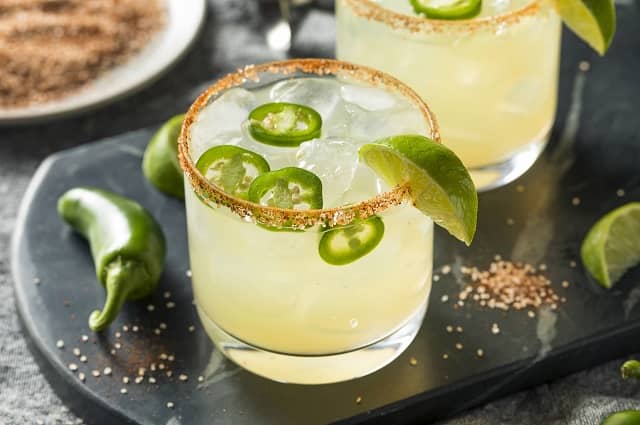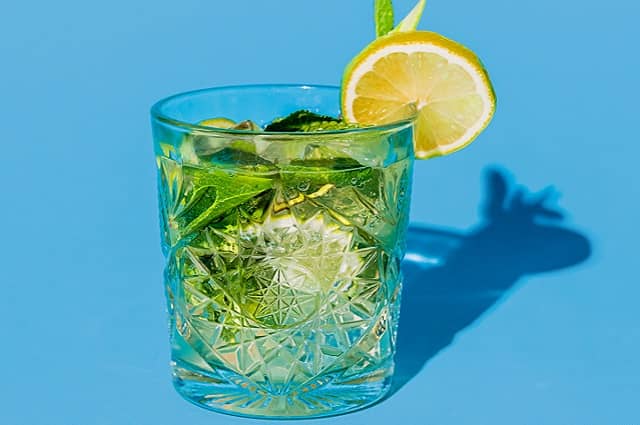By Alec Tesa, Co-Founder — Eleven20 Tequila
If you’ve never tried tequila before, you’re in for a treat. But if you’re unfamiliar with the classic Mexican spirit, you will likely see several types of tequila on the store shelf or restaurant menu and wonder how to choose the right one. Let’s look at each type so that you can pick the perfect kind of tequila for your next cocktail or margarita.
The Basics of Tequila
Tequila is made from the blue agave plant, a succulent native to the Jalisco region of Mexico that can grow up to 12 feet tall. The process begins with harvesting these agave plants by hand.
The heart of the agave plant, which is called the piña, must be roasted in brick ovens to give tequila its distinct flavor and color. These large ovens are kept at temperatures ranging between 1,000 to 1,200 degrees Fahrenheit for about 36 hours — only then are the plants soft enough for harvesting the piña.
Once harvested, the piña is ground into pulp and pressed into large wooden vats called tahonas. The pulp then ferments over several days, while being stirred every few hours, until all the liquid has been extracted.
Next comes distillation. During this process, copper distillation columns cool the liquid over condensation points to filter impurities and water vapor through charcoal filters located inside each column. At the end of the process, only pure alcohol remains, though the type of tequila this alcohol will become is determined during the next stage in the process.
There are four types of tequila: blanco (white), reposado (rested), añejo (aged), and mezcal. The different varieties are obtained through variations in the aging process.
Blanco: clear, fresh, and crisp
Also known as silver or white tequila, blanco is clear and unaged. Tequila makers typically bottle this type of tequila shortly after distillation.
Because blanco is unaged, its flavor is not as complex as reposado or añejo tequilas. It has a fresh and crisp flavor, with prominent agave notes and a peppery kick. This taste makes it the most popular type of tequila because it is easy to drink on its own or in cocktails and margaritas. Its neutral flavor allows you to mix in your own ingredients without overpowering the drink with too much tequila flavor.
Reposado: light, golden, and smooth
Reposado tequila is aged in oak barrels for at least two months and up to one year. It has a light golden color and a smoother mellower taste compared to blanco, with hints of vanilla, caramel, and oak.
This type of tequila can be recognized by its golden color and light, smooth flavor. When not used in a cocktail, reposado is often best served neat or on the rocks.
Añejo: dark, rich, and complex
Añejo tequila is aged in oak barrels for at least one year and up to three years, but it’s this lengthy aging process that gives añejo a darker color and a rich, complex flavor profile.
Añejo tequila offers notes of chocolate, roasted nuts, and spice. The taste is incredibly smooth on the palate, and its rich flavors of spices, fruit notes, and caramelized sugars develop during the aging process. The longer añejo ages, the smoother and richer its flavor becomes.
Most of these tequilas have a dark golden color that comes from being exposed to oxygen in the air during their time in barrels. Añejo means “old” in Spanish — and these types of tequila do feel like they’ve been around for quite some time!
Mezcal: earthy, smoky, and herbal
While not technically a type of tequila, mezcal has a lot in common with its cousin. Mezcal is a distilled spirit made from different varieties of agave, including the blue agave used for tequila.
Mezcal has a distinct smoky flavor due to its traditional production methods, which involve roasting the agave hearts in underground pits. It has earthy, herbal, and fruity undertones, and tends to have a higher proof than other tequilas. Due to mezcal’s distinct flavor, most people drink it neat rather than mixing it with other ingredients in cocktails, but you can use it in cocktails like a margarita or sangria.
Each type of tequila has its own flavor profile and uses different techniques during production. Some producers age their products for up to three years or more, allowing for further development of flavor compounds that result in a smoother liquor.
The different types may seem overwhelming at first, but if you’re looking for something crisp and refreshing, try a blanco or reposado tequila. If you want something with more complexity in flavor, consider an añejo tequila or mezcal.
Spicy Margarita

"For those who like a little kick in their cocktails, this Spicy Margarita recipe will do the trick!"
2 ounces Eleven20 Tequila
1 ounce lime juice
1/2 ounce agave nectar
A few slices of jalapeño peppers
Muddle a slice of jalapeno in the bottom of a shaker. Add Tequila, lime juice, and agave nectar. Fill with ice and shake well. Strain into a glass filled with ice.
Tequila Mojito

"Upgrade the classic mojito and replace the rum with tequila. A Tequila Mojito is the perfect light and refreshing cocktail for any occasion."
6-8 mint leaves
1 ounce simple syrup
2 ounces Eleven20 Tequila
1 ounce lime juice
Club soda
Muddle 6-8 mint leaves and the simple syrup in the bottom of a shaker. Add Tequila and lime juice. Fill with ice and shake well. Strain into a glass filled with ice and top with club soda.


